Stories: On the Farm
Dr. Katie Lewis - Lubbock, TX, USA
Helping farmers improve soil health in the world’s largest cotton patch
Dr. Katie Lewis has dedicated her career to helping cotton growers — including her family — increase their resilience and sustain their farming operations far into the future.
Lewis is an associate professor and researcher in soil chemistry and fertility at Texas A&M. The university, including Lewis’ lab, is located in the world’s biggest cotton patch — the Texas High Plains. The High Plains are classified as semi-arid, and the soil there is sandy. Improving soil health and quality is key to the longevity of these farmers’ operations in a variety of ways. Soil research in the High Plains also has implications for sustainable cotton production outside of Texas farms — the insights can be applied in other semi-arid regions around the U.S. and the globe.

Lewis and her research team spend most of their time on farms, setting up experiments, observing cotton plants in real-world conditions, and taking samples to run through equipment back in the lab. The research encompasses soil health, soil carbon, nutrient management, cropping systems and water dynamics — all of which influence each other.
“Optimizing the farm system,” she says, “is about figuring out exactly how much water, nutrients, etc., need to go in, and balancing these inputs and how they work together. This is how we’re helping farmers achieve greater economic returns and environmental benefits.”
Deepening Our Understanding of Soil Carbon
 Those economic and environmental benefits start with better soil. The number-one way to improve sandier soils, Lewis says, is adding organic material that will be broken down into carbon. Regenerative agriculture practices help raise soil carbon levels, but how and how much do they do that?
Those economic and environmental benefits start with better soil. The number-one way to improve sandier soils, Lewis says, is adding organic material that will be broken down into carbon. Regenerative agriculture practices help raise soil carbon levels, but how and how much do they do that?
Lewis is digging deeper: “For example, when we implement cover crops or reduced tillage, how does that influence the carbon dynamics in our soil, in terms of the microbial, chemical and physical perspectives? How does that affect nutrient availability for the plants?” Her team has also discovered that cotton itself releases substances through its roots that stimulate microbial activity, which in turn increases soil carbon levels as the cotton plant grows.
She’s looking at soil carbon (and other vital nutrients, like nitrogen) from a second perspective, too: how cotton plays a role in climate action. “We’re adding all this carbon, but we need to know how much is remaining in the soil. We don’t want to lose it as emissions.”
 So Lewis helps farmers quantify carbon in their soil and escaping from their soil, evaluates their fertilization practices and cropping systems, and designs “climate-smart cotton” recommendations for their farms. Her team uses a novel technology to quantify the losses of carbon from the soil surface. Referred to as FTIR (Fourier Transform Infrared) spectroscopy, this technology enables Lewis to measure carbon dioxide and methane at the soil surface in real time.
So Lewis helps farmers quantify carbon in their soil and escaping from their soil, evaluates their fertilization practices and cropping systems, and designs “climate-smart cotton” recommendations for their farms. Her team uses a novel technology to quantify the losses of carbon from the soil surface. Referred to as FTIR (Fourier Transform Infrared) spectroscopy, this technology enables Lewis to measure carbon dioxide and methane at the soil surface in real time.
Making the Connection to Water
The microbial, chemical and physical changes due to additional soil carbon also affect how water moves over and through the soil. “Microbes release ‘glues’ called exudates into the soil,” Lewis explains. “They hold soil particles together and give the soil greater structural stability. This equips the soil to capture and store water for longer periods of time.”
The implications are plentiful. Better water storage could mean a cotton crop uses irrigation water more efficiently and is more resilient to drought. In the High Plains, it could even help extend the life of the Ogallala Aquifer, a vital water source for many crops across multiple states. “In 2015, published papers said the aquifer would be gone in 50 years,” Lewis says. “The sustainable advancements we’ve made since then have already helped push that estimate out.”
Research Across the Range of Practices

Farmers’ choices of tillage, cover crops and crop rotations greatly affect soil carbon and water efficiency. Lewis’ team implements projects across the entire gamut. “We’ve even incorporated cattle grazing with a summer cover crop,” Lewis says. “Economically, it makes perfect sense for farmers.” This is not a standard practice for High Plains farmers, however, so Lewis’ team is investigating how to optimize the implementation and demonstrate the benefits.
Stewardship from Farmers to Brands
Lewis attends dozens of grower meetings each year and posts her presentations online to spread the practical recommendations from her research to farmers. “Farmers are reaching out to me about this,” Lewis says. “They really are the greatest stewards of the land. They know if they can’t conserve soil and water, they can’t continue to operate, and we can’t feed or clothe the world. That’s why there is so much happening, in research labs and on farms, to keep improving and optimizing.”
“Brands can learn about everything that’s already happening through programs like Cotton LEADS and organizations like the Soil Health Institute. They’re intermediaries between brands and researchers like me,” Lewis explains. “Staying informed on the research will help brands be able to choose cotton with confidence.”


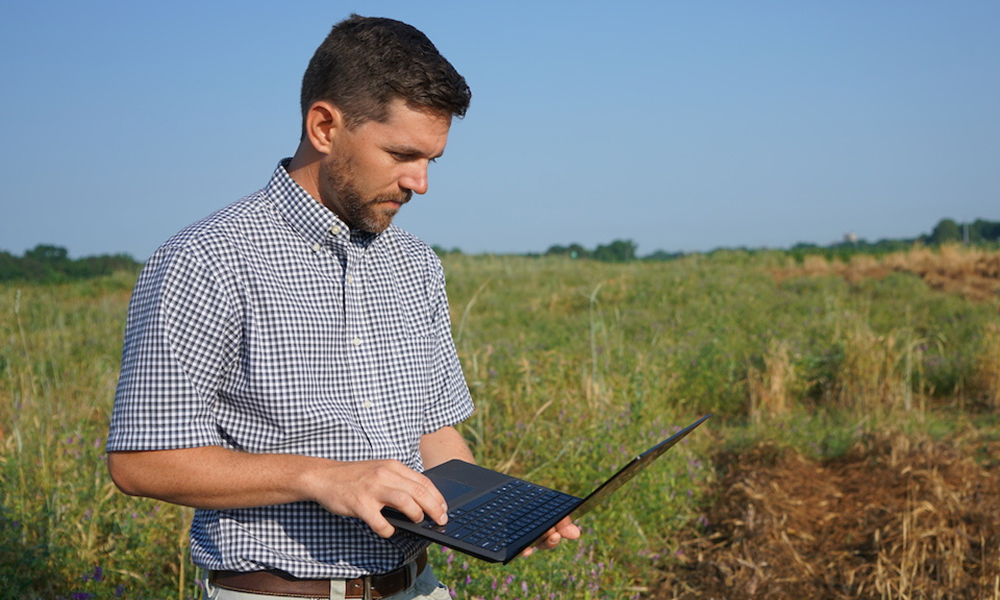
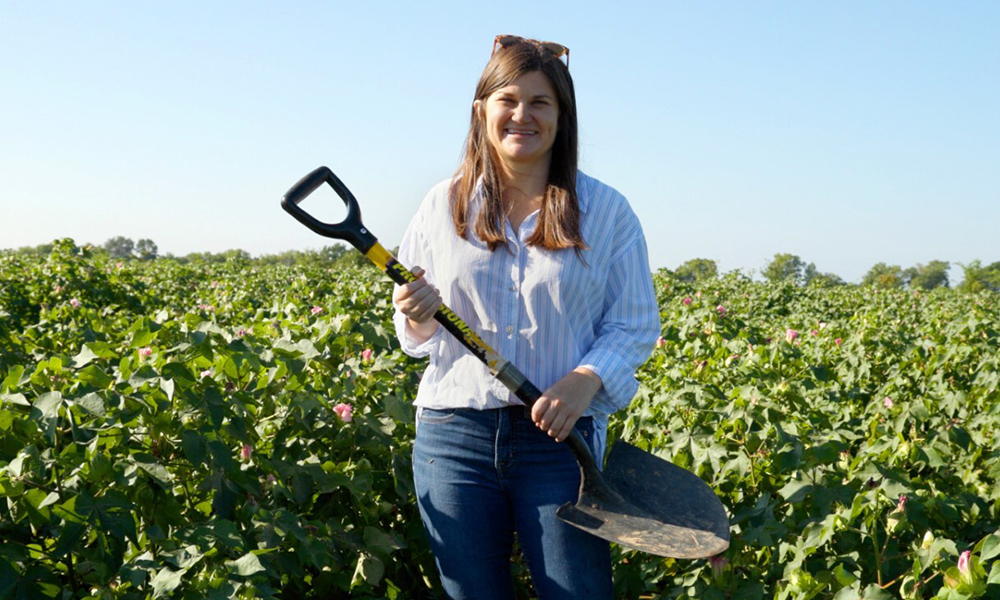
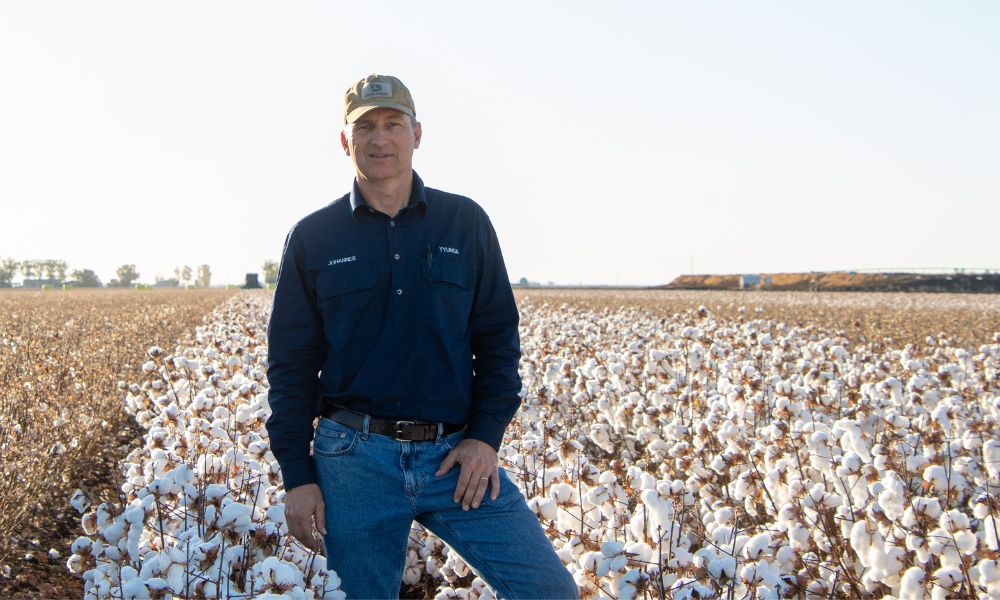


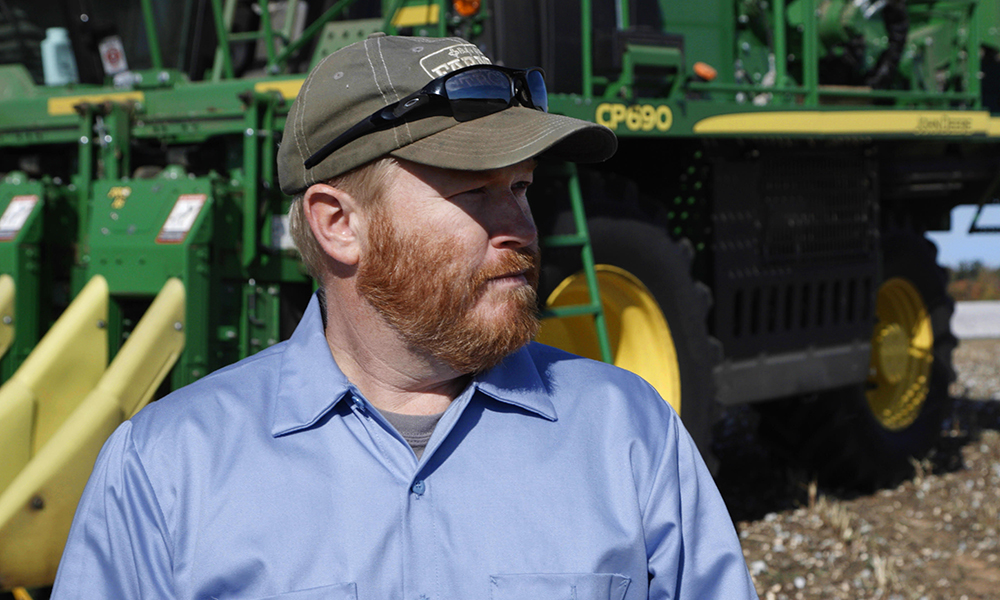
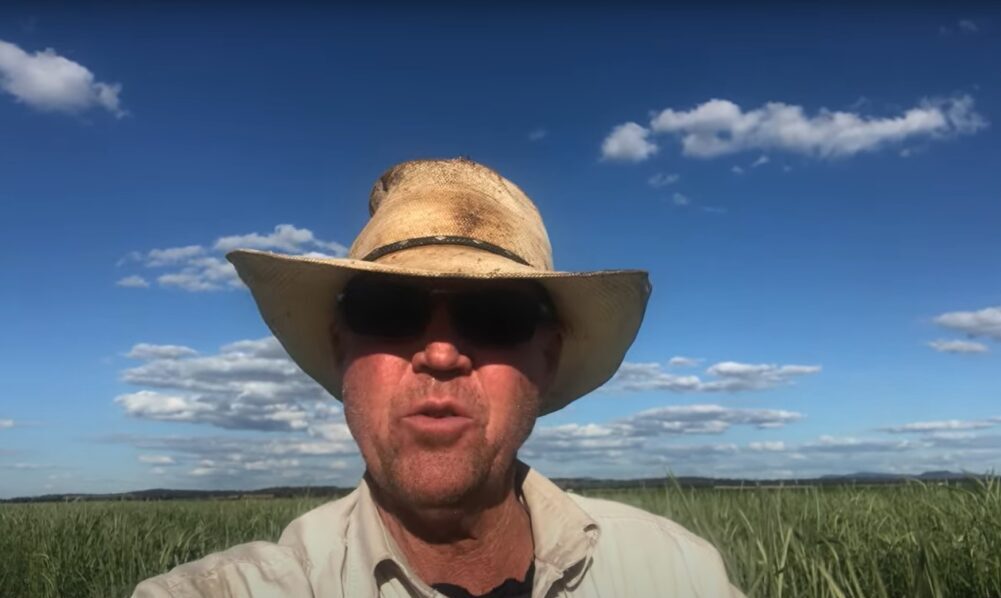
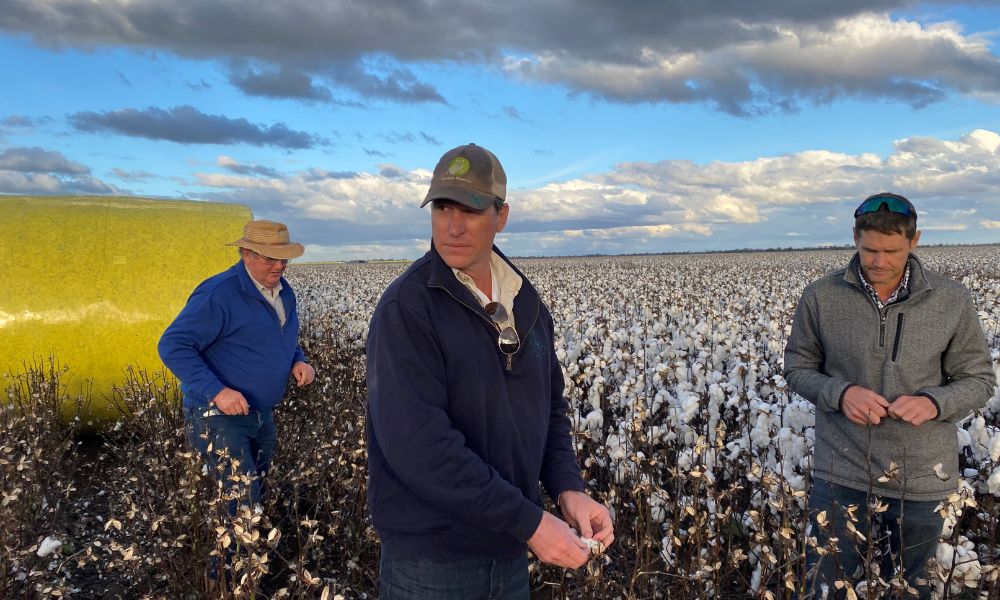
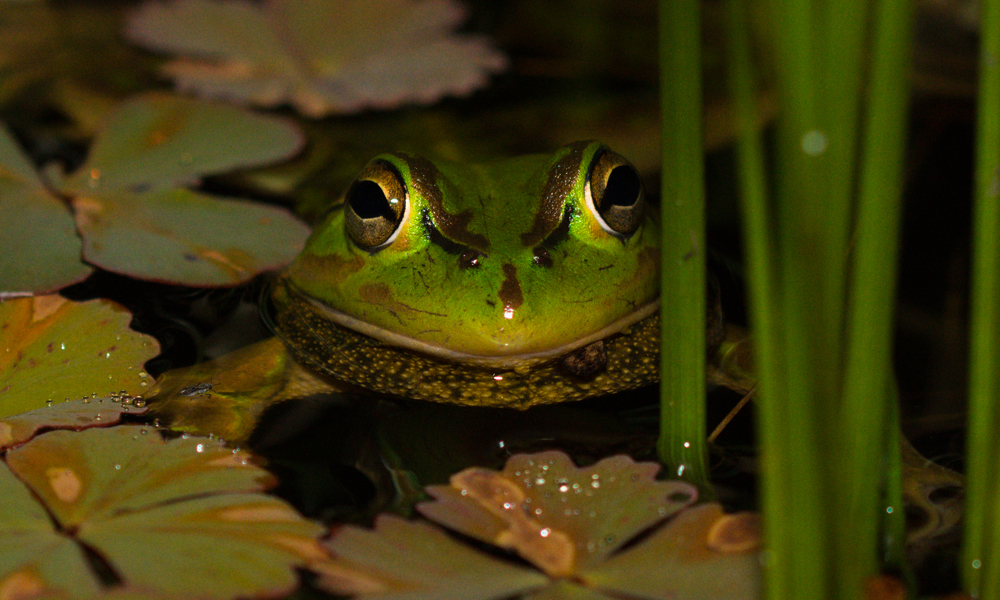
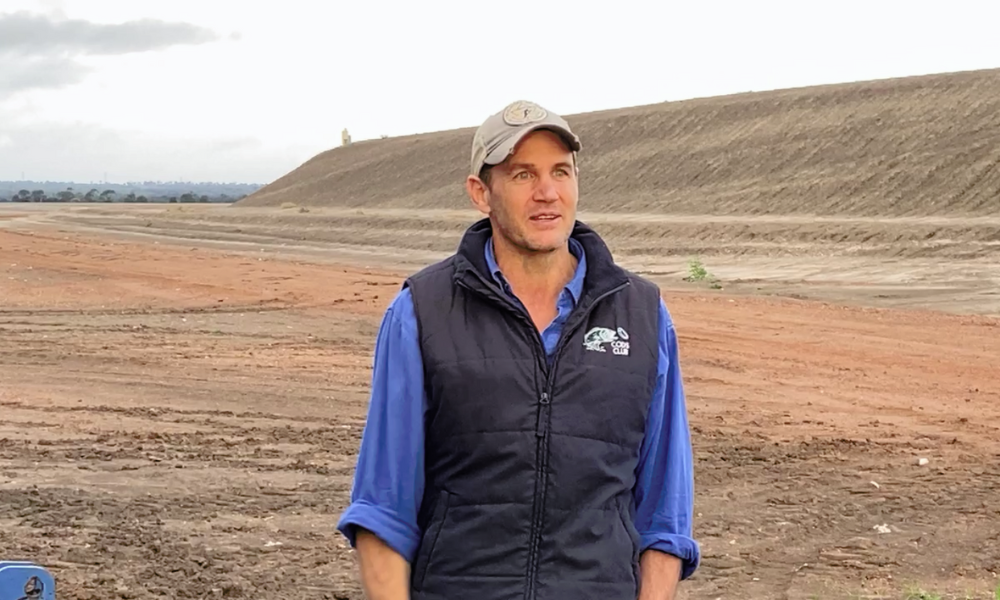
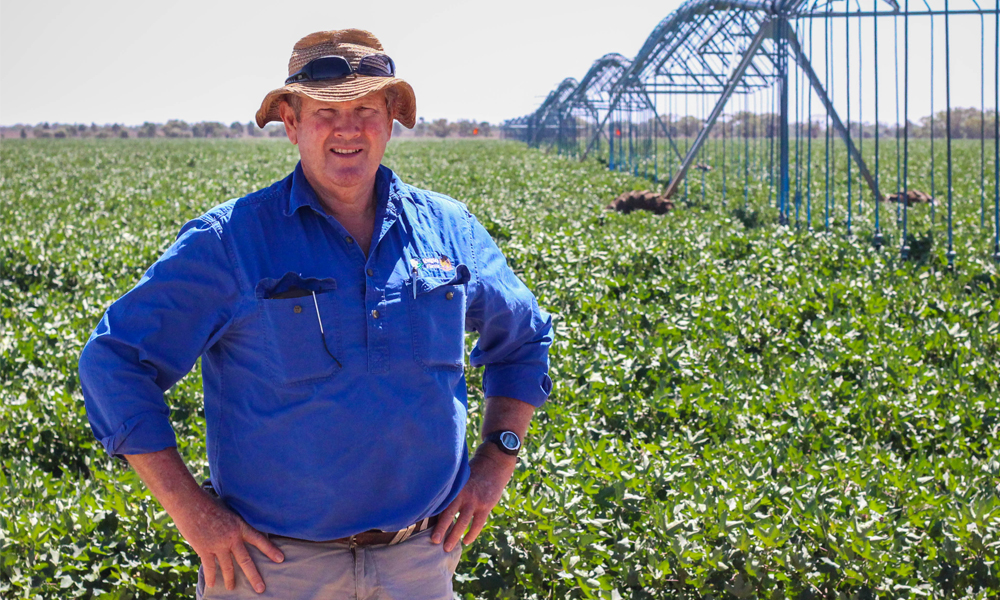
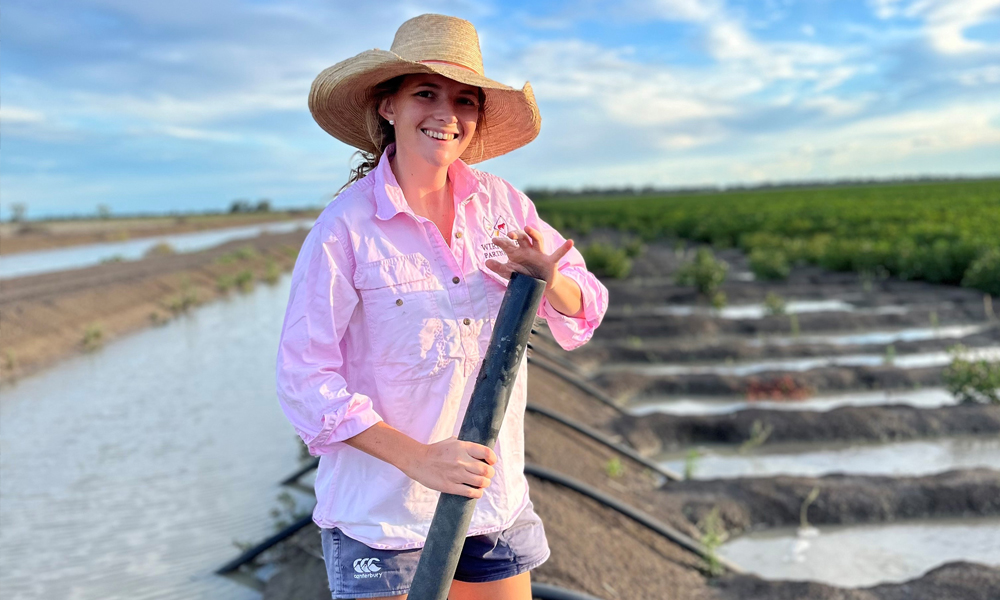

Recent Comments